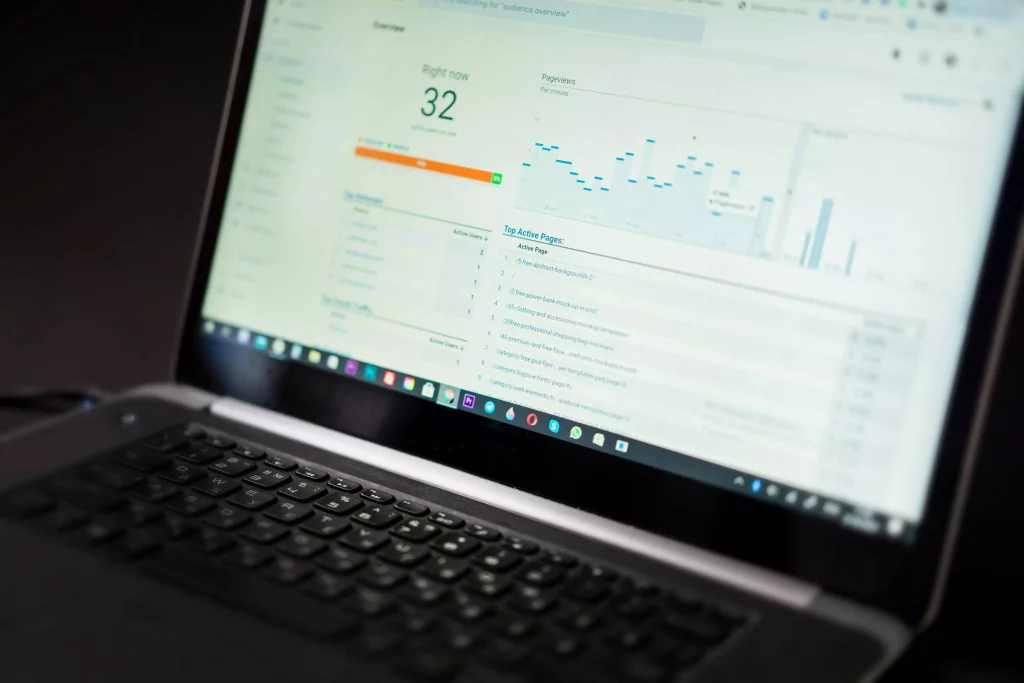The evaluation of personal injury cases has always demanded a careful balance between empathy, efficiency, and legal knowledge. Case intake teams must act quickly to filter viable claims from nonviable ones while maintaining professionalism and client care. This step, though often overlooked, directly shapes firm profitability, resource management, and client satisfaction.
In today’s competitive legal landscape, firms must process higher volumes of inquiries while reducing overhead and maximizing output. This tension has led many to explore digital solutions, particularly artificial intelligence, for streamlining the earliest stages of case evaluation. Ai tools now serve as the digital gatekeepers of personal injury law, helping firms determine which claims meet baseline viability standards.
From auto collisions and slip and fall accidents to workplace injuries and product liability claims, personal injury matters vary in complexity and jurisdiction. The faster and more accurately a firm can sort qualified leads from unqualified ones, the better they perform long term. The margin for delay or inconsistency is shrinking as clients expect quick responses and firms compete for quality leads.
Platforms like PNCAi help bridge this gap by using AI models to review client inputs, extract injury-related data, assess potential damages, and flag jurisdictional conflicts, all before a human even reviews the case. By automating this phase, law firms ensure no viable case falls through the cracks while simultaneously reducing time spent on unqualified inquiries.
Data Prioritization and Lead Qualification

Ai’s primary role in personal injury intake is not decision-making but data organization and prioritization. These platforms use structured logic to pull essential details from written or verbal client submissions. Examples include date of injury, liability assignment, medical treatment status, insurance information, and damage scope.
Once collected, this data is measured against pre-set legal criteria. For instance, if a statute of limitations has passed or comparative negligence exceeds the legal threshold for recovery, the Ai flags the case accordingly. The result is a lead that arrives to a legal assistant or intake specialist already labeled with a priority score and guidance for follow-up.
This structure allows firms to act faster and with greater clarity. Staff can immediately identify time-sensitive cases, route leads to the correct department, or follow up with additional questions, all informed by an Ai-powered snapshot of the case.
Accuracy is paramount. Ai screening tools are trained on datasets containing hundreds of past cases, statutes, and legal variables. PNCAi uses real-world training data to help its AI tools distinguish between a promising case and one unlikely to succeed. The machine learns over time, improving accuracy with each intake form and reducing manual input without compromising nuance.
Firms benefit not only from saved time but from data consistency. Every client submission is processed against the same criteria, minimizing bias and increasing equity in how leads are handled.
Workflow Integration Across Legal Teams

Ai-driven pre-qualification does not exist in isolation. To deliver measurable impact, it must integrate smoothly with broader legal workflows, from intake and CRM to case management and litigation tracking.
Modern platforms like PNCAi embed Ai intelligence directly into intake pipelines. A prospective client fills out a web form, uploads documents, or speaks with a chatbot. The system analyzes the inputs instantly, assigns a lead score, and generates a status report for the intake team. If the case meets prequalification standards, it moves to attorney review. If it fails to meet them, an automated message is sent explaining next steps or offering alternative resources.
This automation eliminates repetitive tasks such as redundant data entry or manual sorting. It also ensures that attorneys only spend time reviewing cases with merit, freeing them to focus on strategy, advocacy, and client communication.
Ai’s integration also supports reporting. Law firm leadership can track the types of cases being screened, approval rates, jurisdictional patterns, and conversion timelines. These insights inform future marketing efforts, hiring decisions, and service expansion.
Internal collaboration also improves. With Ai acting as a pre-qualification layer, teams work from the same structured case summaries and avoid conflicts over lead quality. Intake specialists, case managers, and attorneys view the same case information from the outset, promoting consistency and reducing miscommunication.
Compliance Consistency and Legal Safeguards

Screening personal injury cases involves more than assessing potential damages. It requires strict adherence to legal and ethical obligations. AI supports compliance by enforcing standardized language, jurisdictional limits, privacy protections, and documentation requirements at scale.
For example, systems can flag cases that involve minors, government defendants, or ongoing insurance disputes, each of which may require additional handling or disclosure protocols. Some Ai tools are also programmed to detect red flags such as duplicate submissions or fraudulent claims.
Platforms like PNCAi maintain compliance by continuously updating their algorithms based on legal rule changes. This ensures firms always operate within ethical standards and maintain alignment with local court procedures.
Ai also reinforces documentation integrity. Case screening sessions are recorded, time-stamped, and logged within secure platforms. This offers clear audit trails in the event of future disputes or regulatory audits. In many cases, the Ai can generate a compliance summary along with the lead report, detailing how each input was analyzed and what protocols were triggered.
These protections are critical not only for ethical practice but also for brand trust. Clients expect their data to be handled securely and transparently. Firms using Ai platforms that respect privacy and legal safeguards send a message of professionalism and accountability.
Client Experience and Conversion Growth

Client expectations for legal services now resemble those for ecommerce or hospitality. Prospective claimants want speed, clarity, and professionalism from the first interaction. Ai pre-qualification tools elevate that experience by reducing wait times, clarifying case expectations, and maintaining tone consistency.
Rather than waiting days for a callback, a client receives an initial case assessment within minutes. Automated responses explain whether the case qualifies, what documents are needed, and what next steps to expect. These early touchpoints set a professional tone and reduce anxiety, especially critical for clients dealing with injury, trauma, or financial stress.
Ai also personalizes the intake journey. Based on initial inputs, clients may be routed to a tailored welcome message, guided onboarding form, or relevant content hub. Each interaction feels targeted and responsive, improving conversion rates and reducing drop-offs.
Firms using PNCAi and similar Ai-powered platforms report not only more efficient operations but higher client satisfaction. Intake is no longer a black hole of unanswered forms and delayed replies. Instead, it becomes a guided path with helpful milestones and clear expectations.
For law firms competing in the crowded personal injury space, this differentiation is powerful. Ai-driven screening doesn’t just filter leads, it builds credibility and trust from the first click.



